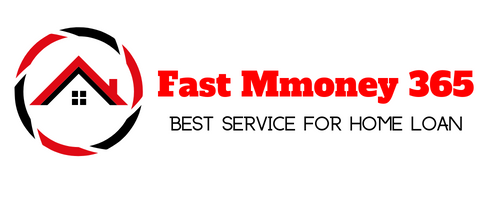For many aspiring homeowners, particularly those who operate outside the traditional nine-to-five, the journey to securing a mortgage can seem daunting. If you’re a freelancer, a sole trader, or a business owner, the conventional requirements for proving income often don’t align with your financial reality. This is precisely where Low Doc Home Loans come into play, offering a tailored and increasingly vital solution for the self-employed to achieve their property dreams. This guide aims to demystify these specialized loans, explaining their core purpose, their target audience, and why they’ve become an indispensable tool for a significant portion of today’s workforce.
What Exactly Are Low Doc Home Loans?
At its simplest, a Low Doc Home Loan is a mortgage product designed for borrowers who can’t provide the extensive income documentation typically required by traditional lenders. Imagine the standard mortgage application: lenders usually ask for multiple payslips, detailed tax returns stretching back years, and PAYG summaries. For salaried employees, these documents are readily available.
However, for the self-employed, who often manage their finances through a business structure or derive income from various sources, such paperwork simply doesn’t exist in the same format. Low Doc Home Loans acknowledge this fundamental difference, offering flexibility by accepting alternative forms of income verification, allowing lenders to assess serviceability without rigid adherence to conventional criteria. This adaptability is key to unlocking homeownership for a vast and growing segment of the population.
Who Benefits Most from Low Doc Home Loans?
The primary beneficiaries of Alternative Documentation Home Loans are individuals who are self-employed. This encompasses a broad and dynamic group, reflecting the modern workforce. Think of the booming gig economy, the rise of independent consultants, and the countless small businesses that form the backbone of our economy. Specifically, these loans are ideal for:
- Freelancers and Contractors: Individuals earning income through project-based work, such as graphic designers, web developers, writers, or IT consultants, who don’t have a single employer or regular payslips.
- Sole Traders: Those running their own businesses, from tradespeople like plumbers and electricians to online retailers, who might operate under an ABN and manage their own invoices and expenses.
- Small Business Owners: Proprietors of small to medium-sized enterprises (SMEs) where personal income might be drawn as dividends, director’s fees, or through other non-PAYG methods.
- Commission-Based Earners: While not strictly self-employed, some commission-based roles can have fluctuating income that makes traditional loan applications challenging, finding solutions through flexible options.
These individuals often have strong, consistent earnings and impeccable financial management skills, but their income documentation doesn’t fit the typical mold. Low Doc Home Loans are built to assess their true financial capacity, recognizing their unique income structures.
The Flexible Documentation Advantage
One of the most compelling reasons to consider a Low Doc Home Loan is the significant flexibility it offers concerning required documentation. Instead of rigid payslip requirements, lenders offering these loans typically accept a range of alternative proofs of income and financial stability. This can include:
- Business Activity Statements (BAS): Quarterly or annual BAS statements for GST-registered businesses provide a clear overview of revenue and expenses, demonstrating the health of the business.
- Accountant’s Letter: A letter from a certified public accountant verifying your income, business profitability, and capacity to service the loan. This is often a cornerstone for Low Doc Home Loans.
- Bank Statements: Personal or business bank statements, usually covering 6 to 12 months, can show consistent income deposits, regular outgoings, and responsible cash flow management.
- Signed Declaration: In some cases, a borrower may be asked to sign a declaration confirming their income. This is usually supported by other documentation.
This adaptable approach is what truly empowers the self-employed. It focuses on the substance of financial health rather than just the format of the documentation, recognizing that many self-employed individuals are highly solvent and capable borrowers.
Benefits Beyond Documentation
Beyond the crucial flexibility in documentation, Low Doc Home Loans offer several other compelling benefits for the self-employed. Firstly, they open up the property market to a demographic that might otherwise face insurmountable barriers. This fosters greater participation in homeownership and allows entrepreneurs to build personal wealth through real estate.
Secondly, the application process for Alternative Documentation Home Loans can sometimes be more streamlined …









